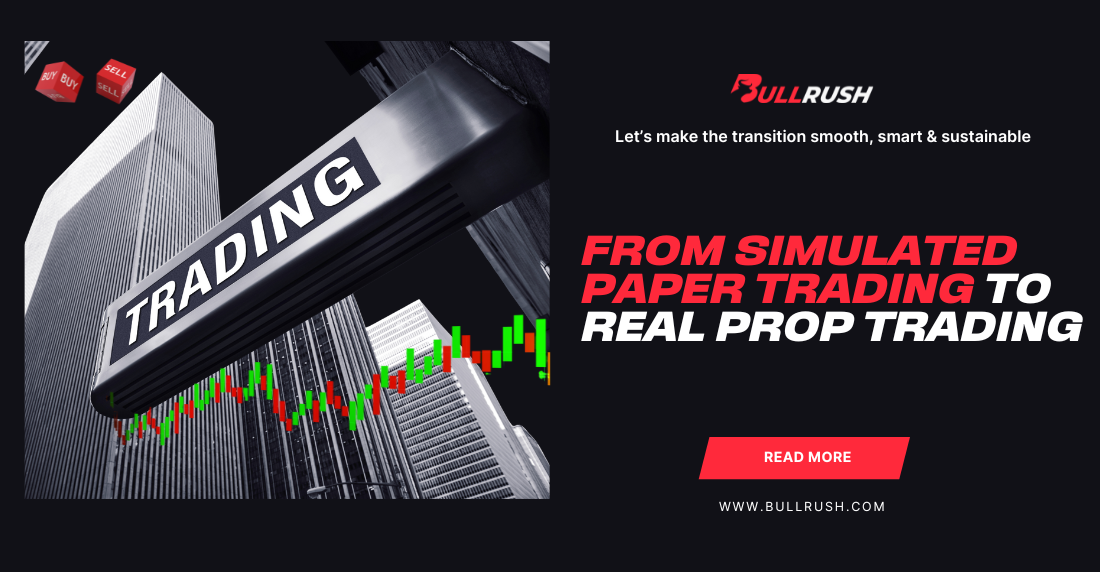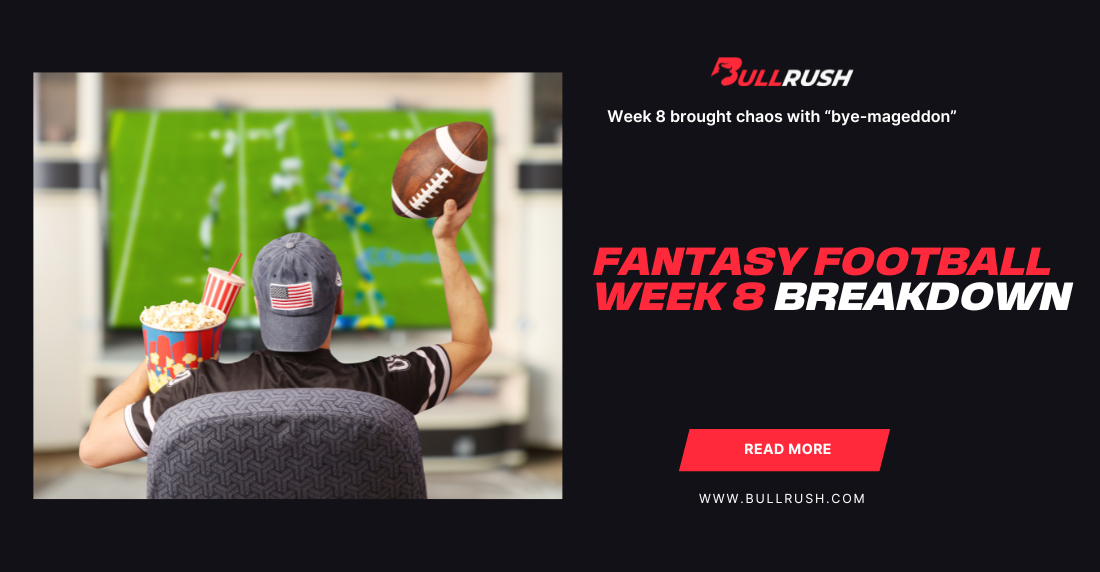
From Simulated Paper Trading to Real Prop Trading
Ever nailed every trade in a simulator… only to choke the moment real money’s on the line? You’re not alone. Paper trading feels safe, structured, and predictable, until you step into the live-fire arena of real prop trading, where every tick carries weight.
That leap, from simulation to reality, is where most traders stumble. But it’s also where great traders are made. The difference isn’t just in the tools or data. It’s in mindset, execution, and the ability to stay composed when the market stops being theoretical.
Let’s break down how to make that transition smooth, smart, and sustainable.
Paper Trading: The Safe Training Ground
Paper trading is the trader’s gym. No stakes, no stress, just pure practice. It’s where trading strategies are built, tested, and refined. Every click teaches discipline, chart reading, and order flow timing without the emotional drag of losses.
It’s also where traders make mistakes that cost nothing but time, and that’s powerful. The key is to treat paper trading seriously. Every setup, every note, every simulated trade should be handled as if real money were on the line.
But here’s the catch: no matter how real it feels, it’s still missing the heartbeat of actual trading: risk. Without pressure, emotions don’t enter the equation. And emotions, not charts, are what test a trader’s edge.
Tip: Use paper trading to master the process, not profit. Your goal isn’t to “win trades”, it’s to sharpen habits that will survive in live markets.
- Paper trading builds technical confidence
- Emotions stay muted, the biggest difference from live trading
- The best traders use simulations to develop consistency, not chase imaginary gains
The Shock of Going Live
The first time you transition to real prop trading, it hits differently. Suddenly, every loss matters. Every fluctuation feels personal. And that perfect strategy you backtested for weeks? It starts to feel shaky when real drawdowns bite.
This stage exposes your true weaknesses: hesitation, overconfidence, fear of loss, or revenge trading. The goal isn’t to avoid those feelings; it’s to recognize and regulate them.
In a live prop account, every decision has consequences. Risk limits, trailing drawdowns, and real fills force accountability. The mental shift is massive: from “let’s see what happens” to “every move must have purpose.”
Tip: Start small. Treat your first real trades as a test of discipline, not profit potential. You’re not proving your strategy yet. You’re proving you can follow it under pressure.
- The emotional shock is real, expect it
- Discipline and risk management become your edge
- Your mindset defines your performance more than your method
Bridging the Gap Between Simulation and Reality
The smoothest transitions come from structure. The same rules that guide you in simulation should exist, and tighten, in live trading. A checklist, a routine, and a plan are your armor.
Start by mirroring real trading conditions in your trading simulator: real-time data, realistic order sizes, and risk parameters identical to your future prop account. That way, when you go live, nothing feels foreign.
Then, introduce pressure deliberately. Track your performance metrics, set drawdown limits, and reward yourself only when you follow your rules, not when you make a profit. You’re rewiring your brain to associate success with discipline, not dopamine spikes.
Tip: Journal every trade: both in simulation and live. Write down what you felt, not just what you saw. Emotional awareness is a weapon in prop trading.
- Simulate real conditions early
- Create consistency through routine and journaling
- Build emotional resilience before real capital is on the line
From Paper to Prop: Why the Jump Matters
Think of it like this: Prop trading is the ultimate test of trader maturity. Unlike retail trading, you’re not playing with your own capital, but that doesn’t mean it’s easier. It demands accountability. Every rule, every risk limit, every metric exists for a reason.
Prop firms fund traders who prove skill and discipline. Passing challenges isn’t just about hitting targets. It’s about showing you can manage pressure and stay consistent. The habits you form in simulation either strengthen or break in this phase.
The difference between a paper trader and a prop trader isn’t skill but rather control. Prop traders understand risk, manage drawdowns, and trade only when the odds line up. They’re warriors of patience and execution.
Tip: Think like a prop trader even in simulation. The earlier you internalize professional habits, the smoother your transition will be.
- Prop trading rewards control, not luck
- Every rule in prop funding exists to teach risk management
- You’re building a business, not chasing a thrill
BullRush: Where Training Meets Real Markets
At BullRush, we built our ecosystem for traders ready to evolve beyond the simulator. Whether you’re testing strategies in our competitions or stepping into prop environments, BullRush bridges the gap between theory and performance.
Our platform lets you sharpen your edge in paper trading challenges, then transition to live markets with confidence. Every tool, leaderboard, and competition is designed to build skill, resilience, and readiness for real-world execution.
Think of BullRush not as an ordinary platform but as a proving ground. You’ll learn to trade with purpose, control your emotions, and perform under pressure, the traits that separate hobbyists from professionals.
Ready to prove your edge?
Join BullRush Competitions today, build your track record, and prepare for your transition to the real markets.
FAQs: From Paper to Prop
Q: How long should I paper trade before going live?
Until you’re consistent. Focus on process and risk management over at least 50–100 simulated trades before moving to live capital.
Q: Why do traders struggle when switching from simulation to real money?
Because emotions kick in. The risk of loss changes behavior, making traders second-guess strategies they once trusted.
Q: Can paper trading prepare me for prop challenges?
Absolutely. If done correctly, it helps build discipline, test setups, and create the consistency prop firms look for in funded traders.
Q: What’s the best way to manage risk during the transition?
Trade smaller, use hard stops, and focus on daily drawdown control. Confidence builds when losses stay manageable.
Q: How does BullRush help with the transition?
BullRush offers a realistic trading environment, paper trading competitions that simulate live markets, helping traders build skill before stepping into real funding.



